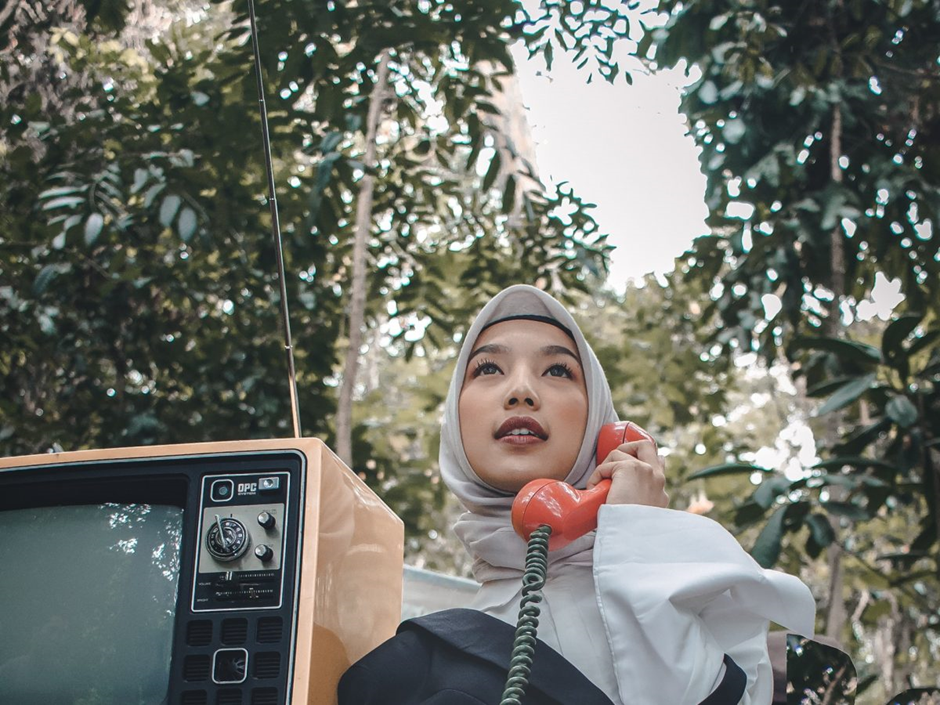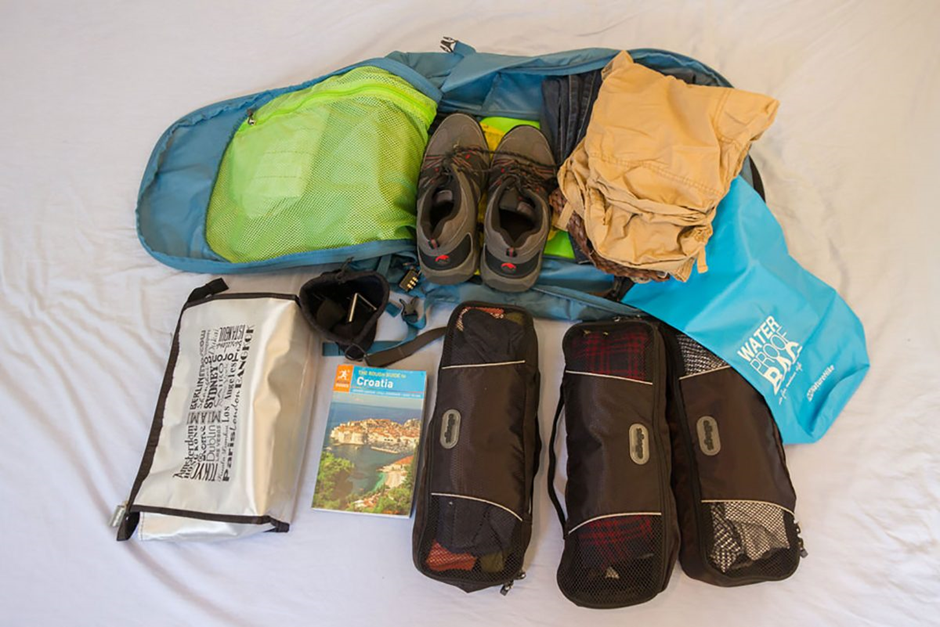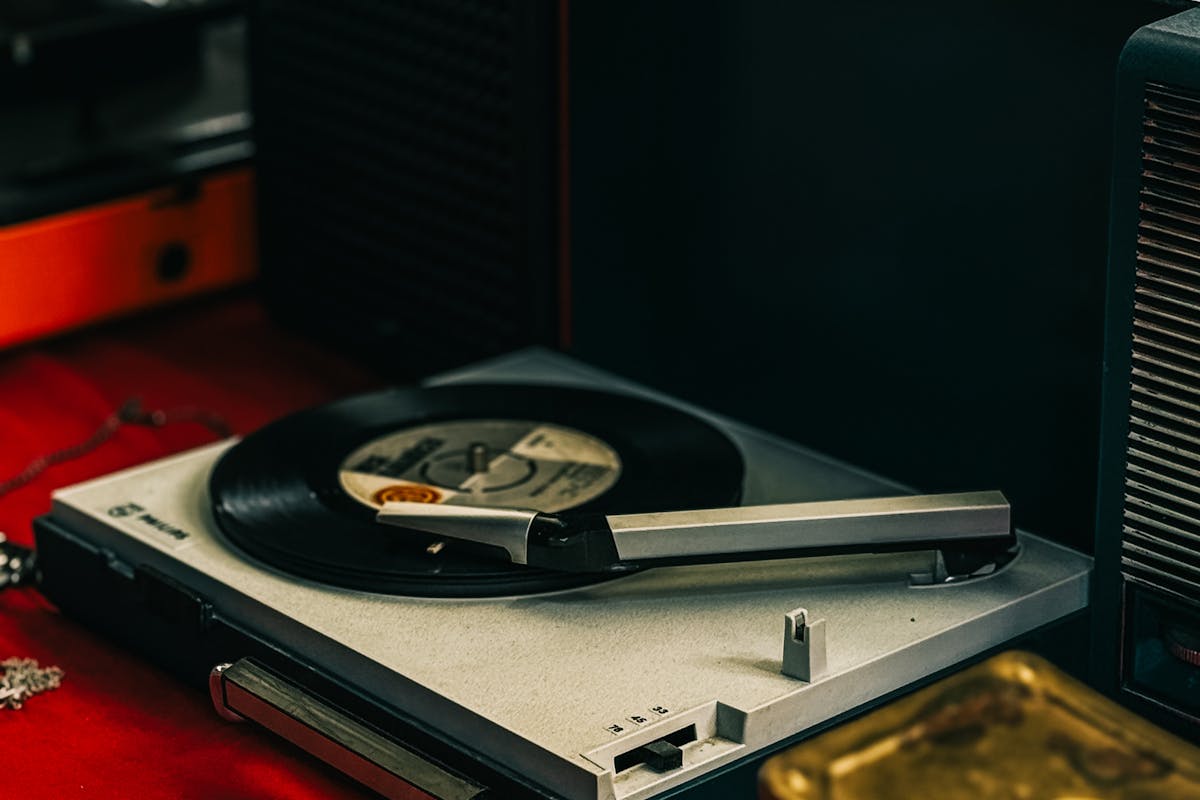“Hello, my father is now contactable via mobile on +64XXXXXXXXXX.”

About a year and a half ago, the father of a certain Hilary Gittings eventually got a mobile phone, after having lived almost his entire life without one. The younger Gittings (pictured) told me that the whole family can only speak of the benefits of him carrying a mobile phone. “Those days, when he didn’t have a phone, he would (repeatedly) admit the fact whenever there’s a want or need for his mobile number.”
On the changes she noticed once her father had gotten a phone, “Now that he has a phone, people can get hold of him, [it’s] easy for him to leave text messages if he can’t get the person he’s calling the first time and vice versa.” For the younger Gittings, she also realised that it’s easier for her to call or quickly send a text message without having to wait until the end of the day, to see him and inform him.
One of the things she has learnt from seeing her 66-year-old father learn to use his phone: “It is also the simple things that we take for granted, like him being able to text now, whereas previously, we would be waiting for him to come home from work, not knowing how the [public transport] bus was running late.”
Expanding on what her father finds challenging to do with his phone, “He finds it challenging when he accidentally taps the wrong button and goes into the wrong application.” She added,” Sometimes, typing out a text can be hard whenever he sends the wrong word and it [gets] autocorrected.”
“Some people don’t use landlines anymore,” which is one of the motivating factors for her father to have a mobile phone.
“Once his family and friends found out that he can be reached via mobile and is learning to use it, they said ‘Well done’ and that he’s getting into the technical age.”
She revealed, “Initially, he found the motion of scrolling through a touch screen difficult as he would press too hard but has now gotten the hang of it.” In fact, “Starting with learning how to use his phone has also helped him to navigate programmes on the television (TV), like switching from live TV to an application like Netflix or YouTube.” She summed this up by saying, “He has more knowledge on how to enjoy his favourite TV shows independently.”
On the specifics of the phone, “He got my mother’s [used] iPhone4 since my mother decided to get a new one for herself, so we just bought a new SIM card for him and set it up ourselves ????.”
Asked whether her father uses any messaging app or is subscribed to a mobile data plan, Gittings said, “He does not have mobile data and uses the Wi-Fi at home. He just has the standard base plan of NZD0.20 (MYR0.55) a minute per call and NZD0.20 per text. He finds messaging apps to have the capacity to make him feel overloaded, so he still uses the traditional form of texting.”
Notes:
The Gittings family, who is based in Wellington, New Zealand, is related to the author.
The iPhone is quite popular in New Zealand. It has a large enough display screen and is easy to use, as everyone in the Gittings family uses it.
SIM – SIM, as is used in SIM card, stands for subscriber identification module.
YouTube is an Internet-based video-sharing platform, owned by a US-based company, best known for its search engine and cloud computing services.
Netflix is a subscription-based streaming platform for television programmes and films. You may read about Netflix and other similar platforms in Malaysia by heading over to this article (written in 2018).










Showing 0 comments